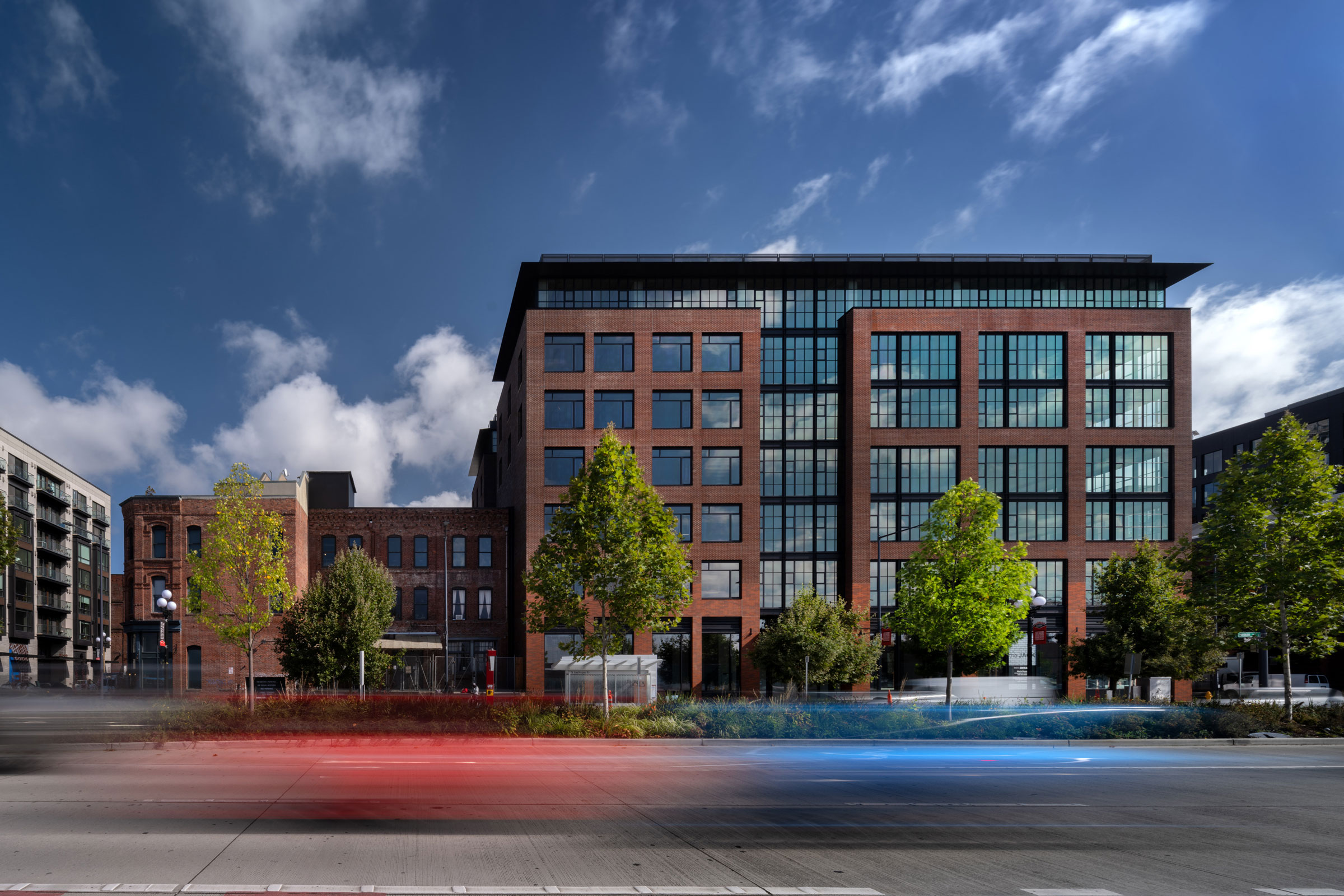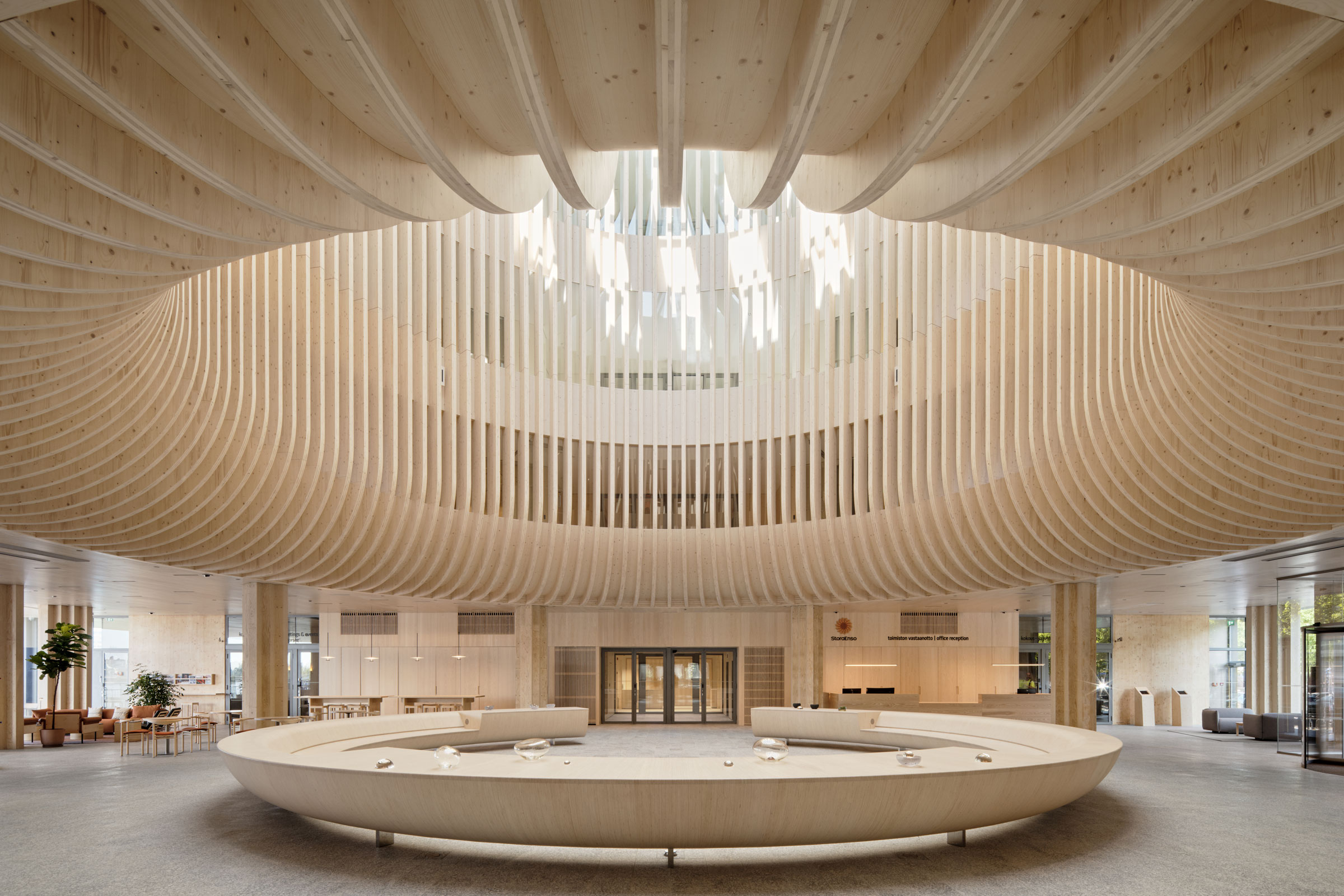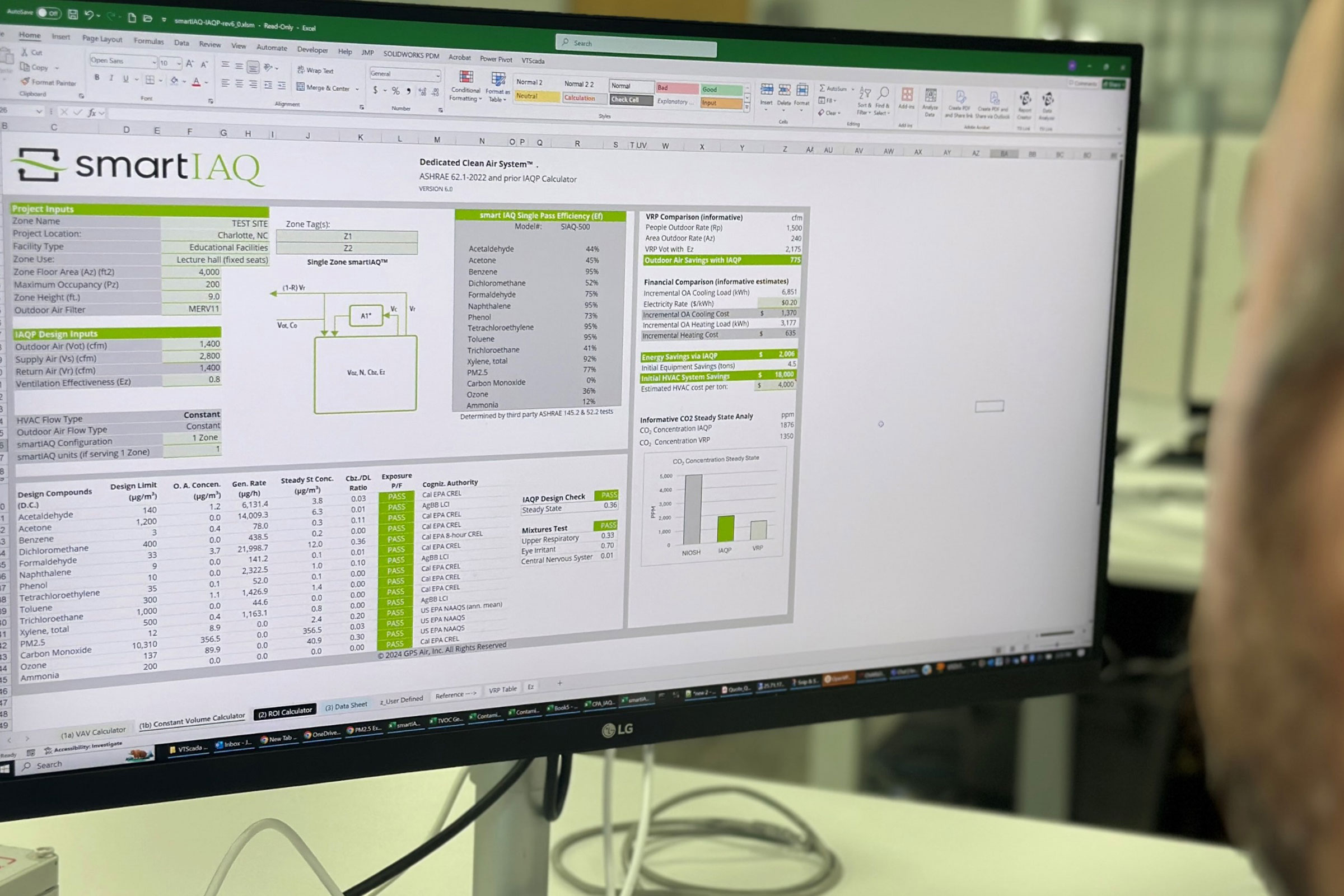Story at a glance:
- Olson Kundig designed The Jack to be a modern heritage building whose design is sensitive both to the past and the future.
- The project builds upon the cultural and architectural history of Pioneer Square, Seattle’s oldest neighborhood.
Along the waterfront in Seattle’s historic Pioneer Square neighborhood, The Jack respects the past while looking to the future. Designed by Olson Kundig and developed by Urban Visions, the project is defined by street‑level retail with seven floors of creative office space, a rooftop amenity, and one level of below‑grade parking.
“The most exciting part about The Jack’s completion is seeing how the building interacts with the neighborhood in a quiet, contextual way,” says Tom Kundig, principal, owner, and founder at Olson Kundig. “It’s a testament to the level of attention and care that went into its subtle detailing and proportions. What’s really exciting, though, is the positive feedback we’ve received from our neighbors and members of the community; a lot of people didn’t even realize it was built—which, in a way, was the goal all along.”
The Jack is a modern heritage building whose design is sensitive both to the past and the future—especially important in Seattle’s oldest neighborhood. It harmonizes with surrounding buildings in materiality and scale, while its flexible design has future uses in mind.
“The Jack is an intentionally quiet building in a neighborhood that is important to us not only because of its rich history, but because it’s our neighborhood—our offices have been located in Pioneer Square for over five decades,” Kundig says.
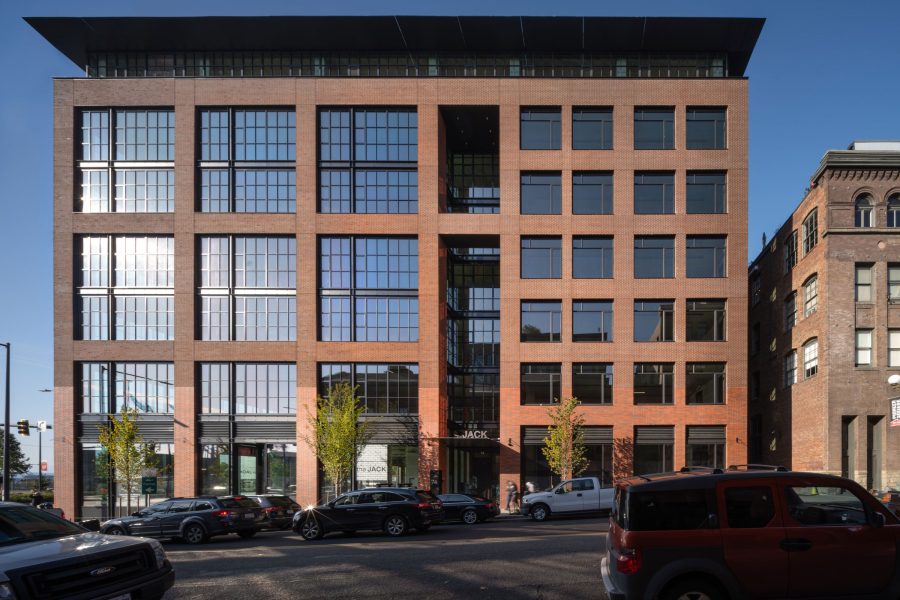
As part of The Jack’s design, the team referenced the rich architectural character of the Pioneer Square neighborhood with brick facades inspired by the colors and textures of the area’s historic buildings. Photo by Nic Lehoux
Taking advantage of the alley space was key to the design. “The building core was intentionally pushed back toward the alley to provide a big, flexible floor plate that can accommodate numerous functions. Because the building’s alley-side is typically less preferred, this strategy also shifts the building toward the water to really maximize those views,” Kundig says.
The Jack’s location on the waterfront is directly adjacent to the Alaskan Way Viaduct, which was demolished during the design process—offering new, unobstructed views of Elliott Bay. “It was important for us to maximize the panoramic views, pulling back the roof elements to really prioritize those sightlines from the terrace. Inside we incorporated a lot of transparent warehouse windows and floor-to-ceiling windows to continue the visual connection to the larger landscape outside.”
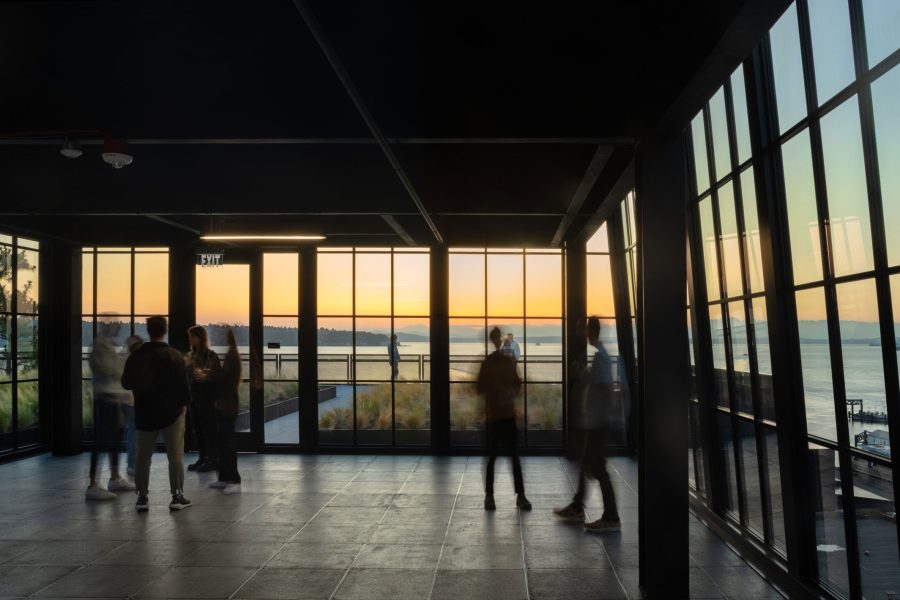
Inside The Jack, designed by Olson Kundig. Photo by Nic Lehoux
The building was designed with low-iron, low-E, high-performance glass, chosen both for function and composition. Multiple window types can be found on the facade, including warehouse windows and punch windows. “From the exterior different window styles and textures work to break down the scale to match the surrounding buildings, while inside they delineate the functionality of each space,” Kundig says. “At the base of the building we intentionally kept it very open and transparent for future retail and storefronts.”
The design team referenced the rich architectural character of the neighborhood in part with brick facades inspired by the colors and textures of the historic buildings defining the neighborhood. “On the main facade facing the waterfront the brick massing is extruded into two distinct parts with different window treatments, weaving the building into its context by appearing as separate masses. Between the two masses recessed glazing delineates the building entrances with steel windows that draw on the surrounding historic industrial buildings.”
Kundig says the building’s brick facade is a subtle way to evoke history without reproducing it. “We wanted to mimic the historical buildings in the neighborhood, which typically have more refined brick at the base, transitioning into smooth brick above, with rough brick in the alley. Our strategy was to interpret that language by using three different types of brick. At the base of the building the transition from smooth to textured brick aligns with the adjacent buildings instead of the floor, drawing a line to reference how the historical buildings were added onto and evolved over time.”
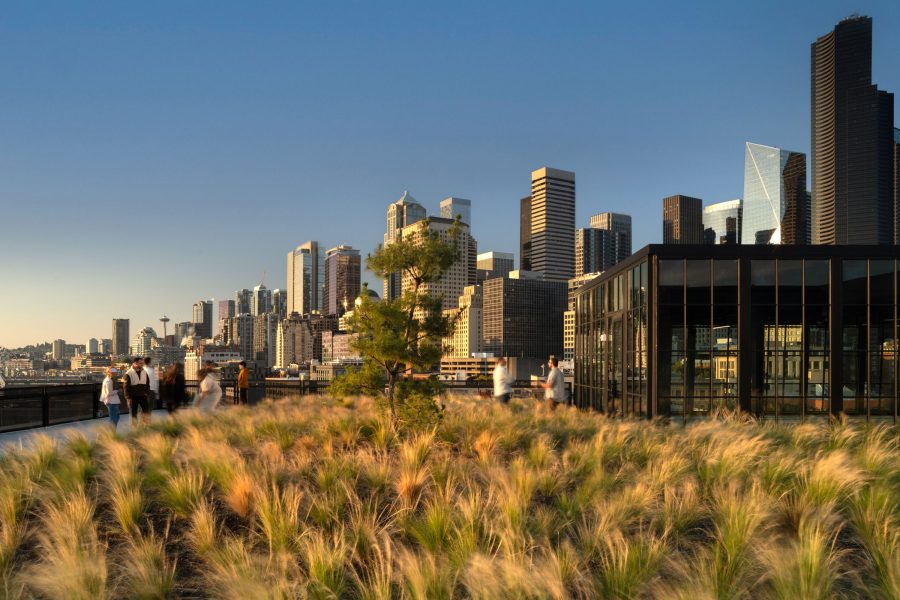
The rooftop deck is arranged into multiple glass pavilions focused around the central green roof. Photo by Nic Lehoux
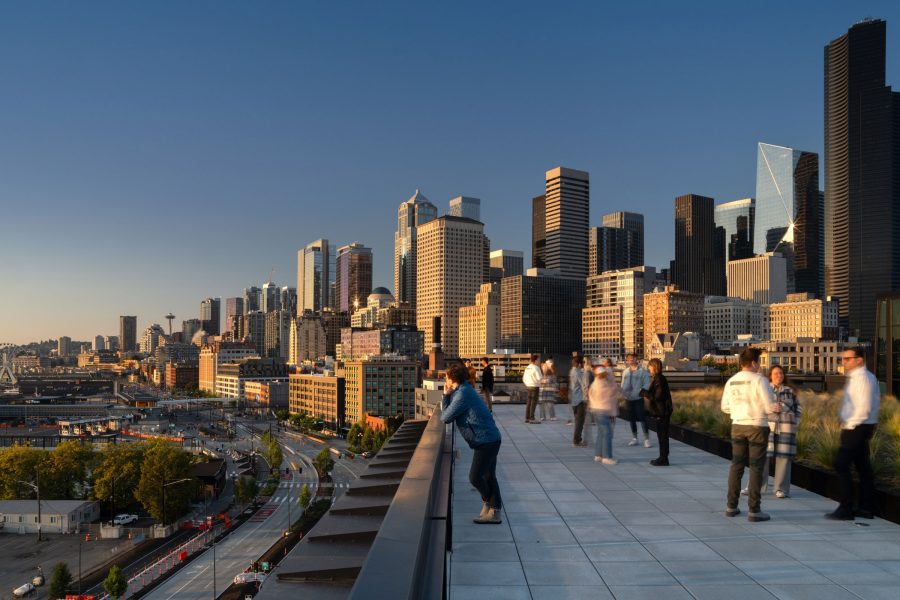
The Jack was designed to include a 16,000-square-foot rooftop deck overlooking the city. Photo by Nic Lehoux
The project’s commitment to sustainability is clear—from its solar panels to the green roof system. The rooftop is arranged into multiple glass pavilions focused around the central green roof, including an occupied terrace that offers expansive views across the water.
The green roof reduces the heat island effect and provides a biophilic habitat for people to enjoy, planted with structural trees and Mexican feathergrass selected for its resilience to windy environments. Together the plantings are meant to blow in the wind and mimic the movement of the water beyond—creating a connection between the built and natural environment that is punctuated by the rooftop’s transparent pavilions, Kundig says.
The project also incorporates sustainable design strategies that comply with its LEED and Salmon-Safe certifications.
“I’ve always thought of this project as less revolutionary and more evolutionary,” Kundig says. “Pioneer Square will continue to evolve and change; the goal is for The Jack to be appropriate to the historical context of the neighborhood and an authentic response to our time.”

